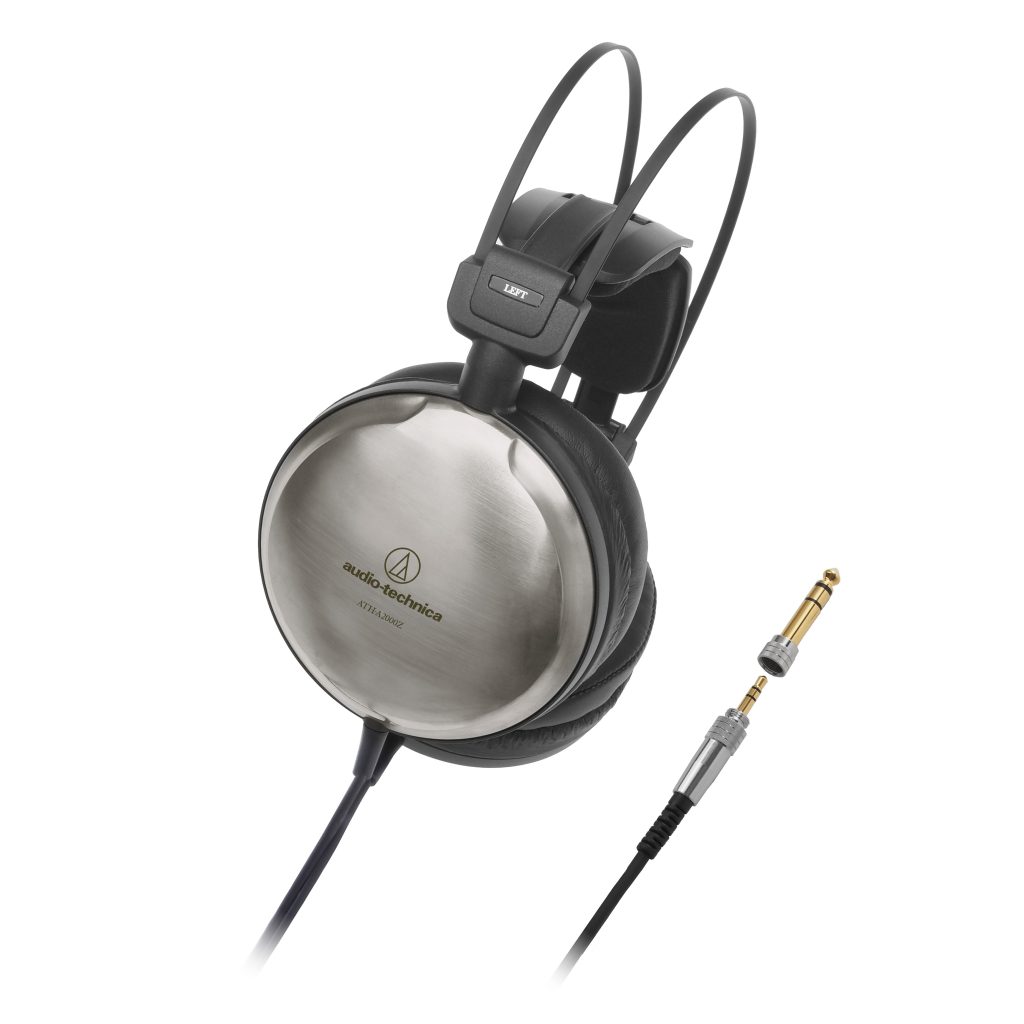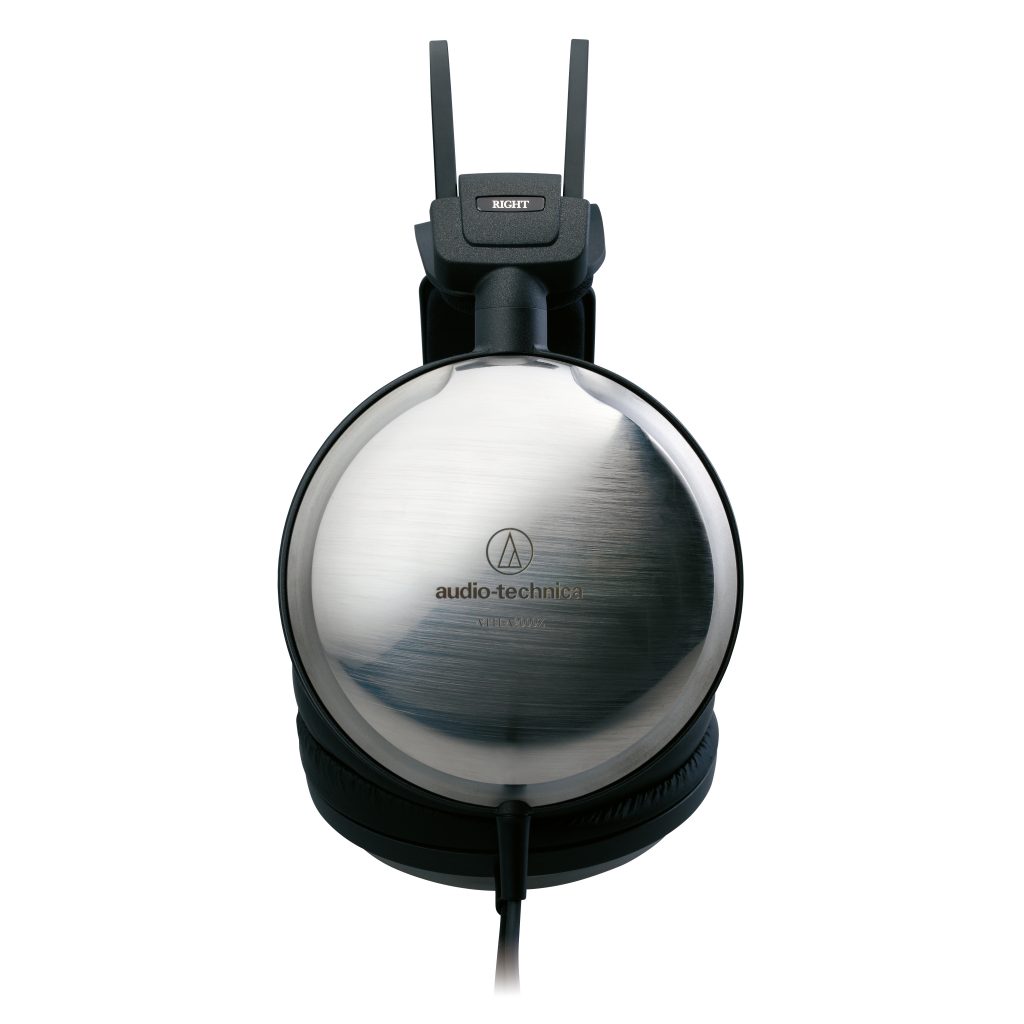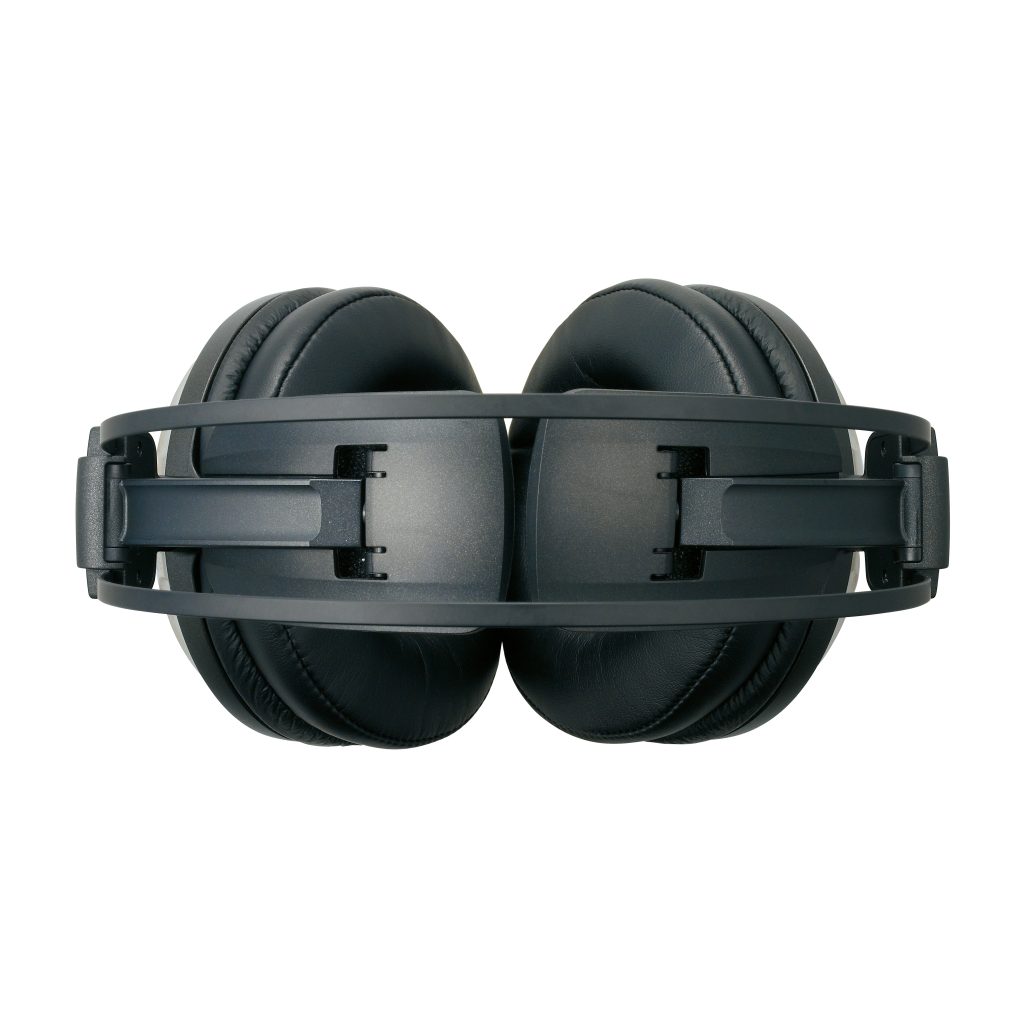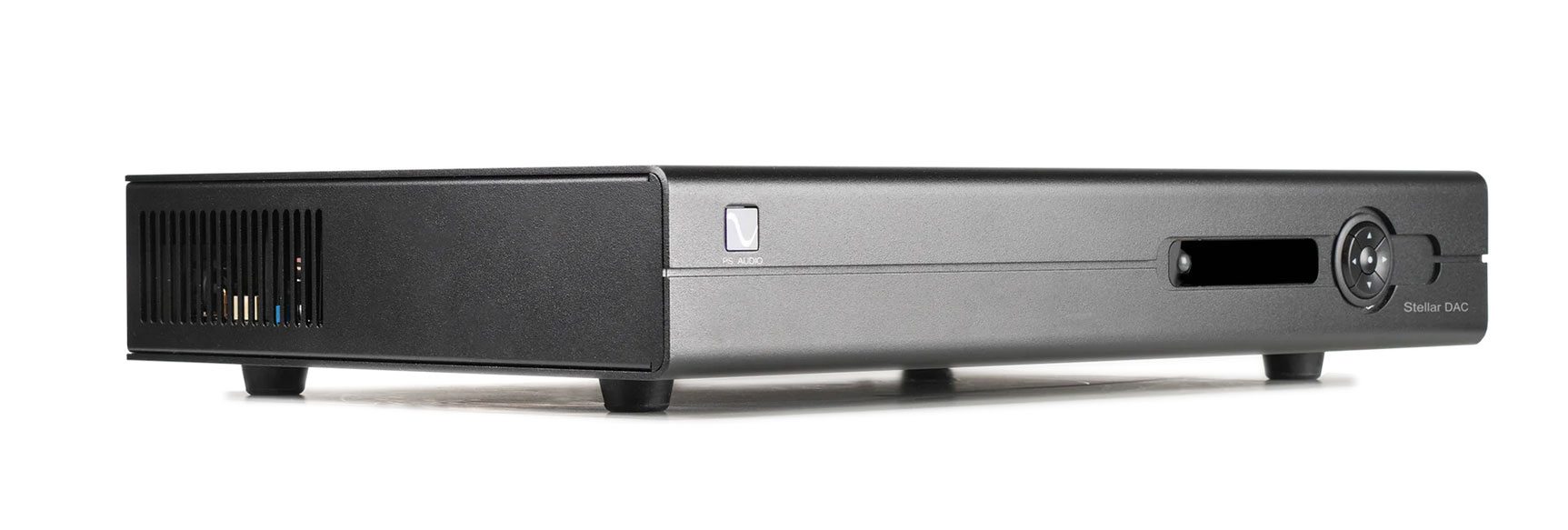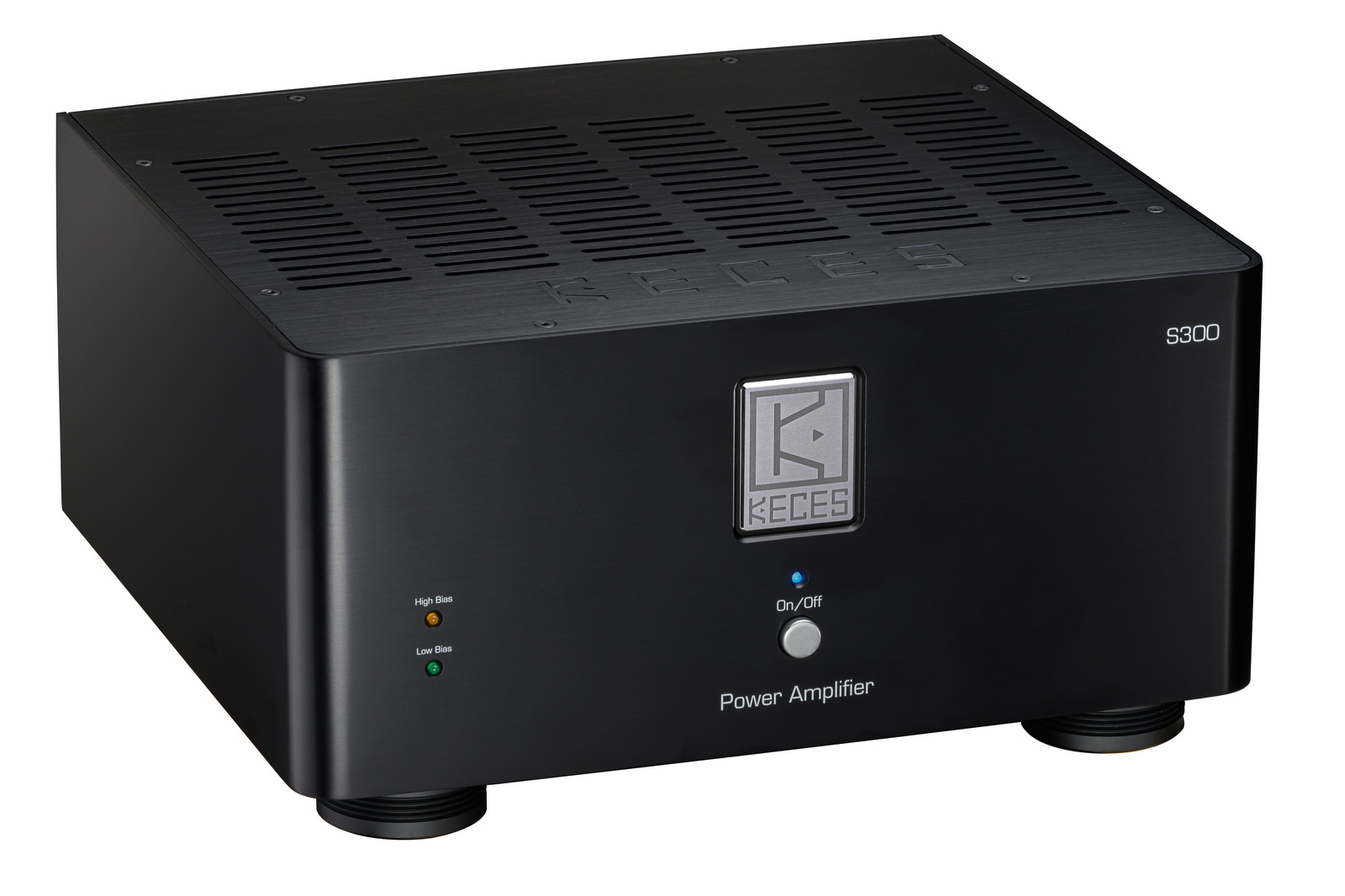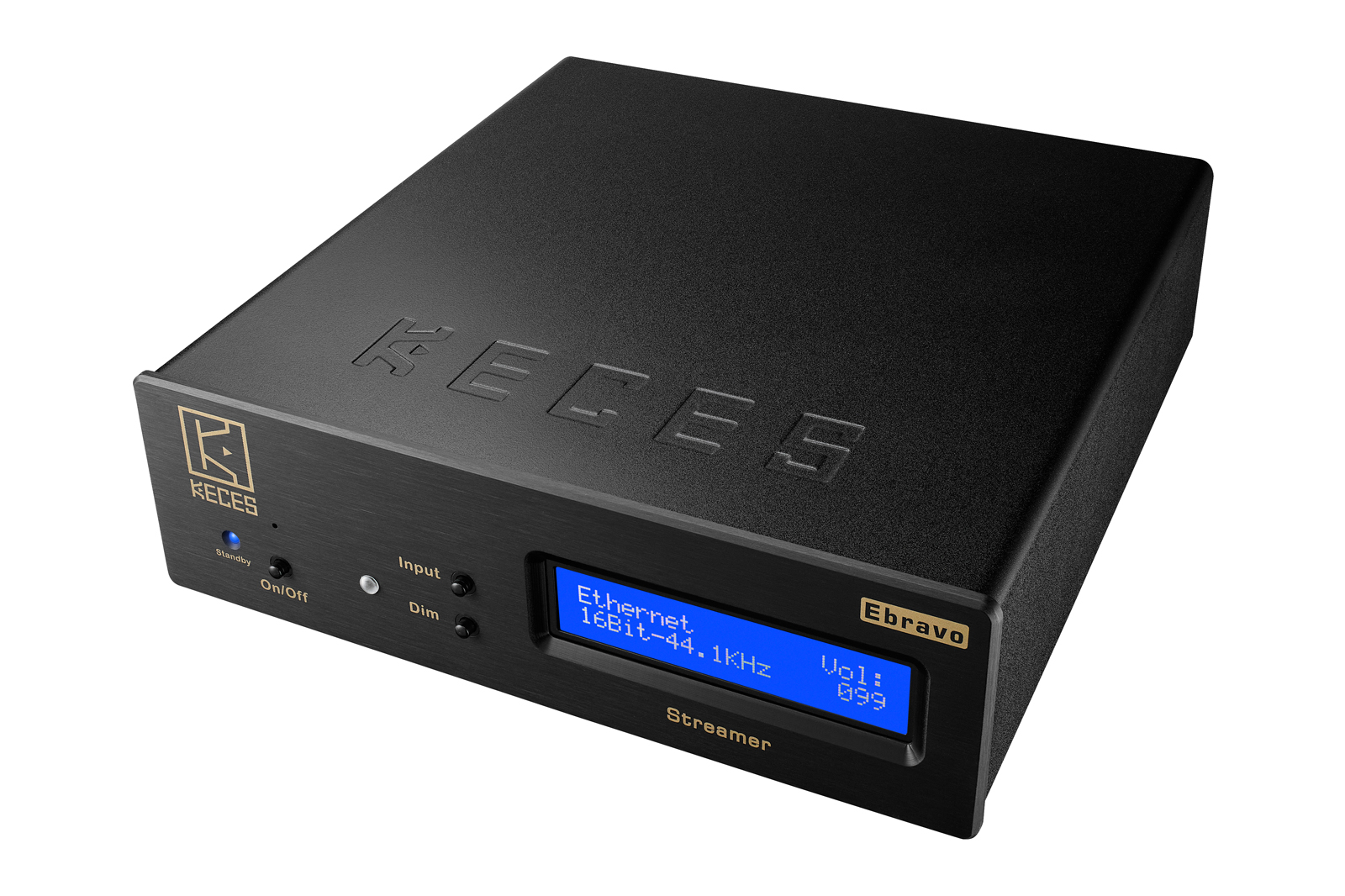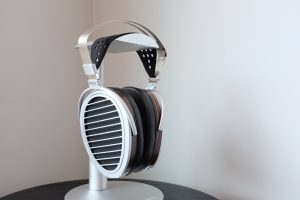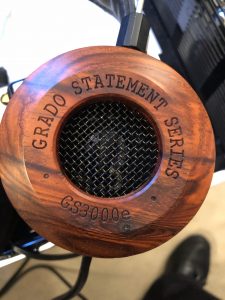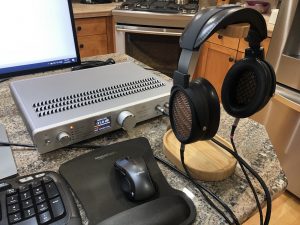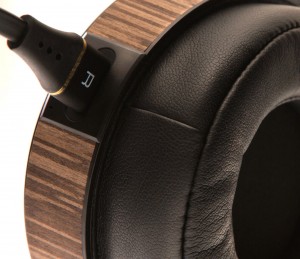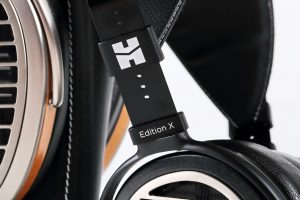What's that old saying about the more you learn, the less you know? Boy, does that ever apply to the constantly changing world of audio. Changing technology (and physiology) constantly adjusts what best pleases our ears, as evidenced by a return to my review of the Audio-Technica ATH-A900x headphones four years ago with respect to what I was hearing with the Audio-Technica A2000Z headphones...
"Normally, when it comes to headphones, I don't mind sacrificing listener fatigue and euphonic warmth for increased detail, because I'm the type who really enjoys digging in and hearing every single broken string or tape edit."
Digging in? What the hell was I thinking? Years later, my ears seek to do nothing but gently walk the Shaolin rice paper of audio tranquility without leaving a footprint. Long gone are the days of transcribing guitar solos one needle drop at a time. I have left that kind of headphone forensics to the teenage rocker busily woodshedding his virtual Les Paul and simulated Marshall stack on his cell phone. When I started the ATH-A900x review (wonderful headphones, sadly discontinued, but still available here and there), all I wanted from headphones was resolution and space. I coveted the mighty Sennheiser 800s, rightly known to one and all as detail kings capable of telling everything about a recording right down to brand of smokes in the singer's pocket. The Audio-Technica's, however, taught me that there is more to headphones than aural screen size and pixel count. The ATH-900x's offered an interior balance of melody and articulation that made them a wonderful listen, especially at their relatively low price. Who could realistically want more? I was content.
And then, in a space of a few months, I wasn't.
Suddenly, everyone was in a frenzy to buy, make, and write about headphones. Gear started streaming in from all ports, foreign and domestic. Good stuff, too, from Audeze, HiFi Man, Cavalli, Schiit, Stax, Ultrasone, and Mr. Speakers. Ah, it just went on and on. Products rolling off Asian assembly lines or soldered in Utah mud rooms competed for ears across America, at price points ranging from hedge fund manager to "Free Prize in Every Box!" Like so many, I bought the new flagships, reviewed the latest contenders, and promiscuously jammed things on, in, and around my ears. Madness! My mentors, who had scribbled in anonymity for years about the headphone world, suddenly became headphone honchos, running websites, making videos, and working for headphone companies. Today, there are so many brands and models to choose from, it's easy to forget that Audio-Technica still holds the sales, patents, and experience to remain as the dominant player in headphone production (as well as a gazillion other products).
Spring forward, I wondered how new ATH-A2000Z headphones would compete in the viciously contested $700 and under mark. Until fairly recently, spending seven bones on a pair of headphones would put you near the top of the line for most brands. Now $700 is a mid-level price point, at best. It's still a good chunk of cash, though, and most of us would expect a pretty special sound to justify the price. So, for starters, let's look at the Audio-Technica website to see details about what your money buys you:
- Newly designed 53 mm drivers with OFC-7N bobbin-wound voice coils
- Hand-assembled drivers include top-mounted PCB, Permendur magnetic circuit and pure iron yoke, ensuring precise diaphragm movement and superior transient response
- High-rigidity titanium housings
- Lightweight magnesium alloy baffle decreases unwanted resonance
- Proprietary 3D wing support system for excellent fit
- Stitched, ergonomic earpads offer superior comfort and sound isolation
- 3.0 m (9.8') OFC-6N dual-sided, four-core cable with elastomer sheath
- Includes 6.3 mm (¼") stereo adapter
Plenty of features, all right, but sound and comfort being preeminent, most of us will focus on the 53mm drivers and the 3D wing support system. Starting with the sound, the ATH-A2000Z headphones do a great job of creating a focused aural image, localized in-head, and marked by strong bass and midrange performance. Many modern headphones attempt to give a panoramic wraparound sound that extends on a 240 degree arc behind the ears and wide in front. This might seem like a great idea, but it's tough to pull off, and often becomes diffused to the point of incredulity. There's money to made in expanding the sonic bubble of headphone sound, and plenty of manufacturers are racing to supersize the illusion of "wider and deeper." Audio-Technica, apparently, is established and secure enough to avoid that game, and the ATH-A2000Z headphones place the sound staunchly "in-head." When I listened to Crooked Still's "Look On and Cry," the ATH-A2000Z places the lead vocal dead center emanating within the interior, with the accompanying fiddle, guitar, and banjo panned right and left at the edge (but never outside) of my ears. I feel that this vantage point increases the immediacy and drama of the presentation.
Playing "The Monolith of Phopbos" by the Claypool Lennon Delirium, the cacophony of synth bass and effects bounced around my head like an Asteroids space ship, never escaping the borders, but always arresting my attention. The track is a melange of sound, and the Audio-Technica's conveyed each instrument within a believable sonic field. Moving on to something more tony, Vodka and Cavier: The Ultimate Russian Spectacular provides plenty of tracks to test the ability of the ATH-A2000Z headphones to handle large orchestral pieces. Here, the orchestra is concretely represented, and instruments can be easily placed and recognized. Although I do see the appeal of a larger than life approach, the ATH-A2000Z headphones make an excellent case for a more tangible representation. At 31Hz, the Audio-Technica's delivered plenty of body and articulation, a trait that continued all the way to the midband. At 1kHz, I found them a bit too pronounced, but things evened out nicely at 2kHz on up to the highest frequencies that I can hear, so perhaps my ears are just sensitive at that point. I can't hear anywhere near 16kHz anymore, so you're on your own in the high country. Sharper ears are invited to provide insight in the comments section below. Detail retrieval is very fine, but even more importantly, it never brings attention to itself. You can hear the wood block if you listen for it, but it's not so annoyingly close that the mallet makes you flinch.
Because the ATH A2000Z headphones work really well at conveying things, full-bodied and in-close, they immerse you in the music more successfully than headphones that present music like constellations in an observatory. Most headphones have a field day with Nick Drake's "Which Will" from his album, Pink Moon. Through the ATH-A2000Z headphones, the song is rendered in a beautifully expressive manner, allowing the listener to enjoy the lovely tone of the guitar and intimacy of the Drake's vocal delivery. A really natural tonal balance, making for a captivating listen!
As for comfort, the 3D wing support system works very well for long-term listening. Although ATH-A2000Zs carry a little more weight and mass than some of their scaled down competitors, the weight is evenly distributed. Also, for me, some headbands clamp too tight on the skull, which irritates the custard out of me, so I'm pleased that the A2000Zs avoid that scalp contact altogether. No, the cable can't be removed, but it's long enough to reach most places in your listening room. These aren't likely to be headphones you'd be wearing when you're styling downtown, anyway, so a little extra cable probably won't be a big deal.
The Audio-Technica A2000Z headphones deliver a comfort and sound that sets them apart from a good many headphones in this price class. These are high quality headphones in every respect, and do things in a manner that will appeal to many listeners. Recommended.
ATH-A2000Z Art Monitor® Closed-Back Dynamic Headphones
Retail: $649
Audio-Technica




